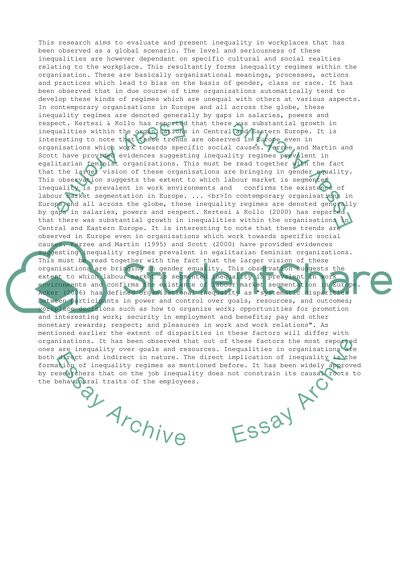Cite this document
(“Discrimination in employment and labour market segmentation Essay”, n.d.)
Retrieved de https://studentshare.org/management/1391868-discrimination-in-employment-and-labour-market-segmentation
Retrieved de https://studentshare.org/management/1391868-discrimination-in-employment-and-labour-market-segmentation
(Discrimination in Employment and Labour Market Segmentation Essay)
https://studentshare.org/management/1391868-discrimination-in-employment-and-labour-market-segmentation.
https://studentshare.org/management/1391868-discrimination-in-employment-and-labour-market-segmentation.
“Discrimination in Employment and Labour Market Segmentation Essay”, n.d. https://studentshare.org/management/1391868-discrimination-in-employment-and-labour-market-segmentation.


